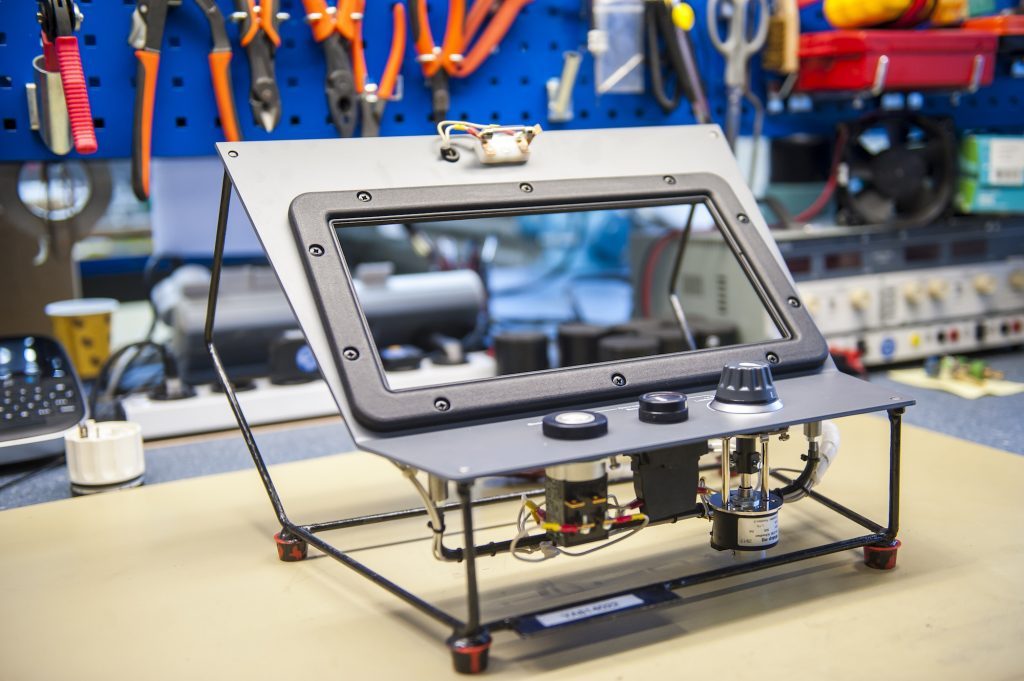The market for digital warehousing and part identification software is becoming more consolidated. Companies like 3YOURMIND are deploying software to the military, Immense is securing $20 million for digital warehousing in the energy industry, and Pelagus3D is aiding companies such as Doosan in transitioning to digital manufacturing. Part identification represents a significant opportunity as it allows for the analysis of millions of engineering components to identify those suitable for 3D printing. Effective part identification can greatly expand our industry. Digital warehousing tends to create lasting partnerships, as companies often remain with one provider indefinitely. A robust identification system paired with an efficient digital warehouse could position companies as diverse as MES firm Authentise or logistics firm DB Shenker as leaders in the 3D printing sector. Additionally, companies like Siemens, Dassault, and other players in the CAD authoring and PLM market are likely to show interest in this area in the future.

Spare parts that were previously unavailable and have been re-supplied using DiManEx’s end-to-end service
The Dutch firm DiManEx has formed a partnership with AMC Bridge, a software consultancy that integrates internal systems, engineering tools, and APIs to enhance the use of CAD authoring, PLM, and other engineering software. The collaboration aims to integrate DiManEx into clients’ internal systems, potentially leading to integrated solutions or making DiManEx an embedded component within the operations of engineering companies. The partners aim to save clients money, accelerate their adoption of 3D printing, and integrate DiManEx with PLM systems, thereby increasing their agility. Additionally, DiManEx is utilizing AI and analytics to help clients derive more value from digitization. The two partners have developed a four-step process to help prospective clients explore their technology, including exploring, manual data input, building a prototype, and developing a business case.
¨We’re on a mission to convert traditional supply chains into future-proof, digital supply chains, which is better for our Earth and for your business. Together with AMC Bridge, we will be able to help our customers benefit faster and in a more scalable manner from the significant advantages a digital supply chain can bring them. The partnership with AMC Bridge is a compelling and logical step to help both our mutual customers and software partners,” said DiManEx CEO Pieter Ruijssenaars.
“For too long, additive manufacturing has been a solution looking for a problem. Engineers and sourcing agents have stuck to traditional production methods because of the investment costs and unclear returns from including additive. DiManEx, in partnership with AMC Bridge, allows manufacturers to evaluate the benefits before making a big commitment and scale up, piece by piece, as they see the returns,” said Andy Parnell-Hopkinson, AMC Bridge Director of Business Development, Europe.
I really appreciate Andy’s approach of allowing people to crystallize experiences and see returns, then scale up gradually. This seems like a potentially more successful strategy compared to many large-scale digitization projects that often face cost overruns and significant internal clashes. Advancing step by step, armed with clear data, could safeguard your career and help your company gradually adapt to additive manufacturing. It’s more akin to entering the pool step by step rather than diving in all at once.
A lot of business software and internal IT environments are frankly a mess. Having a partner such as AMC could help sell and embed DiManEx into large firms. For players in this market, there are very relevant strategic choices available at the moment, all of them correct. One could focus on being the big idea, another could integrate with all the multinational plumbing, another could be a standalone solution, or one could simply be the big partner for even bigger firms. All paths are correct for now because no one really has a digital warehousing solution and no one is deploying part identification software at scale. The market is wide open, and there is lots of space for everyone. Now, what path will lead a player to long-term riches and a surefire future? That I don’t know. Which one do you think is the best?
Subscribe to Our Email Newsletter
Stay up-to-date on all the latest news from the 3D printing industry and receive information and offers from third party vendors.
You May Also Like
Model No. Deploys Titan Pellet 3D Printers for Sustainable Furniture Production
Over the years, many designers have tried to create 3D printed polymer furniture. Early pioneers like Janne Kyttanen, Materialise’s MGX, and Joris Laarman have led the way with 3D printed...
3D Printing News Unpeeled: Recycling PLA, More Efficient Atomizing
Filamentive hopes to recycle your PLA if you’re in the UK and order over £500 worth of filament. Their partner 3D Printing Waste (3DPW) will turn the PLA into injection...
Lighting the Way with Potato Starch: Sustainable Polish ECO Lamps Use 3D Printing
Lighting that meets the essence of nature: this is the reality brought to life by ECO Lamps, which introduces a fresh perspective to sustainable lighting design using potato starch. These...
3D Printing News Unpeeled: 3D Printed Construction Standard, Sand Wall & Self Heating Microfluidics
ISO/ASTM Standard 52939:2023 has been released and it sets standards for QA for 3D Printed polymer, composite and cement buildings. This is most welcome since 3D printed construction is a...

































